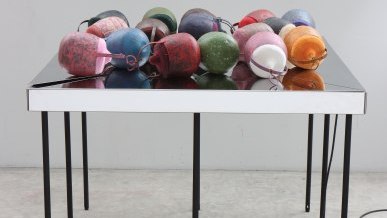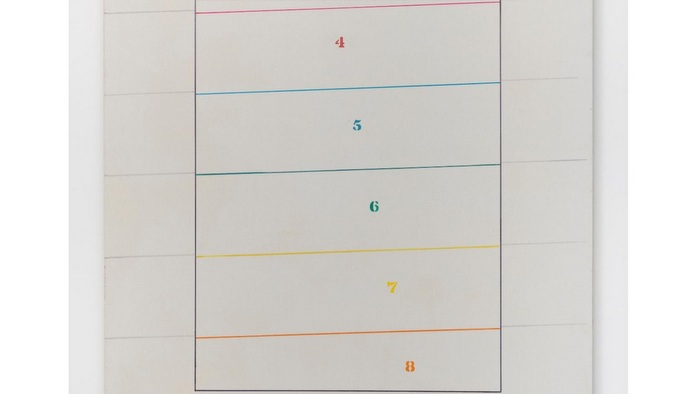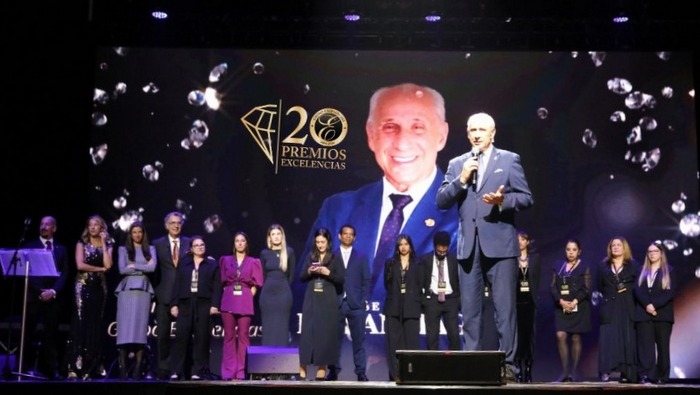 NEW YORK – This fall the Solomon R. Guggenheim Museum will present a major retrospective—the first in the United States in more than 35 years and the most comprehensive in this country—devoted to the work of Italian artist Alberto Burri (1915–1995). “Alberto Burri: The Trauma of Painting” will be shown from Oct. 9 to Jan. 6.
NEW YORK – This fall the Solomon R. Guggenheim Museum will present a major retrospective—the first in the United States in more than 35 years and the most comprehensive in this country—devoted to the work of Italian artist Alberto Burri (1915–1995). “Alberto Burri: The Trauma of Painting” will be shown from Oct. 9 to Jan. 6.
Exploring the beauty and complexity of Burri’s process-based works, the exhibition positions the artist as a central protagonist of post–World War II art and revises traditional narratives of the cultural exchanges between the United States and Europe in the 1950s and ’60s.
Burri broke with the gestural, painted surfaces of both American Abstract Expressionism and European Art Informel by manipulating unorthodox pigments and humble, prefabricated materials. A key figure in the transition from collage to assemblage, Burri barely used paint or brush, and instead worked his surfaces with stitching and combustion, among other signal processes.
With his torn and mended burlap sacks, “hunchback” canvases, and melted industrial plastics, Burri often made allusions to skin and wounds, but in a purely abstract idiom. The tactile quality of his work anticipated Post-Minimalist and feminist art of the 1960s, while his red, black and white “material monochromes” defied notions of purity and reductive form associated with American formalist modernism.
Bringing together more than 100 works, including many that have never before been seen outside of Italy, the exhibition demonstrates how Burri blurred the line between painting and sculptural relief and created a new kind of picture-object that directly influenced Neo-Dada, Process art and Arte Povera.
Source: www.liveauctioneers.com
Related Publications

Galerie Lelong & Co.: Pinaree Sanpitak
November 01, 2024
The Art Show: Castelli Gallery
October 31, 2024












